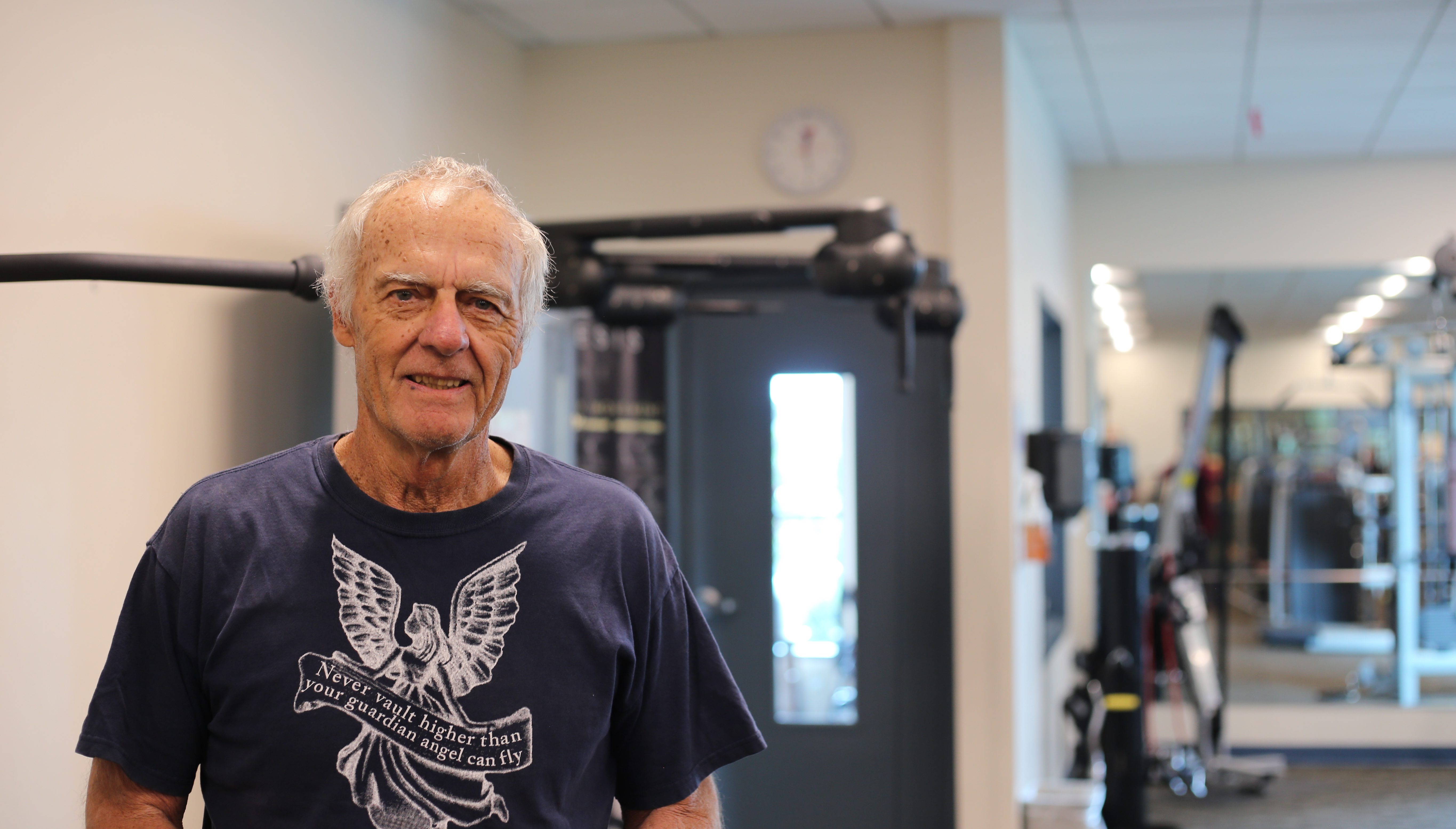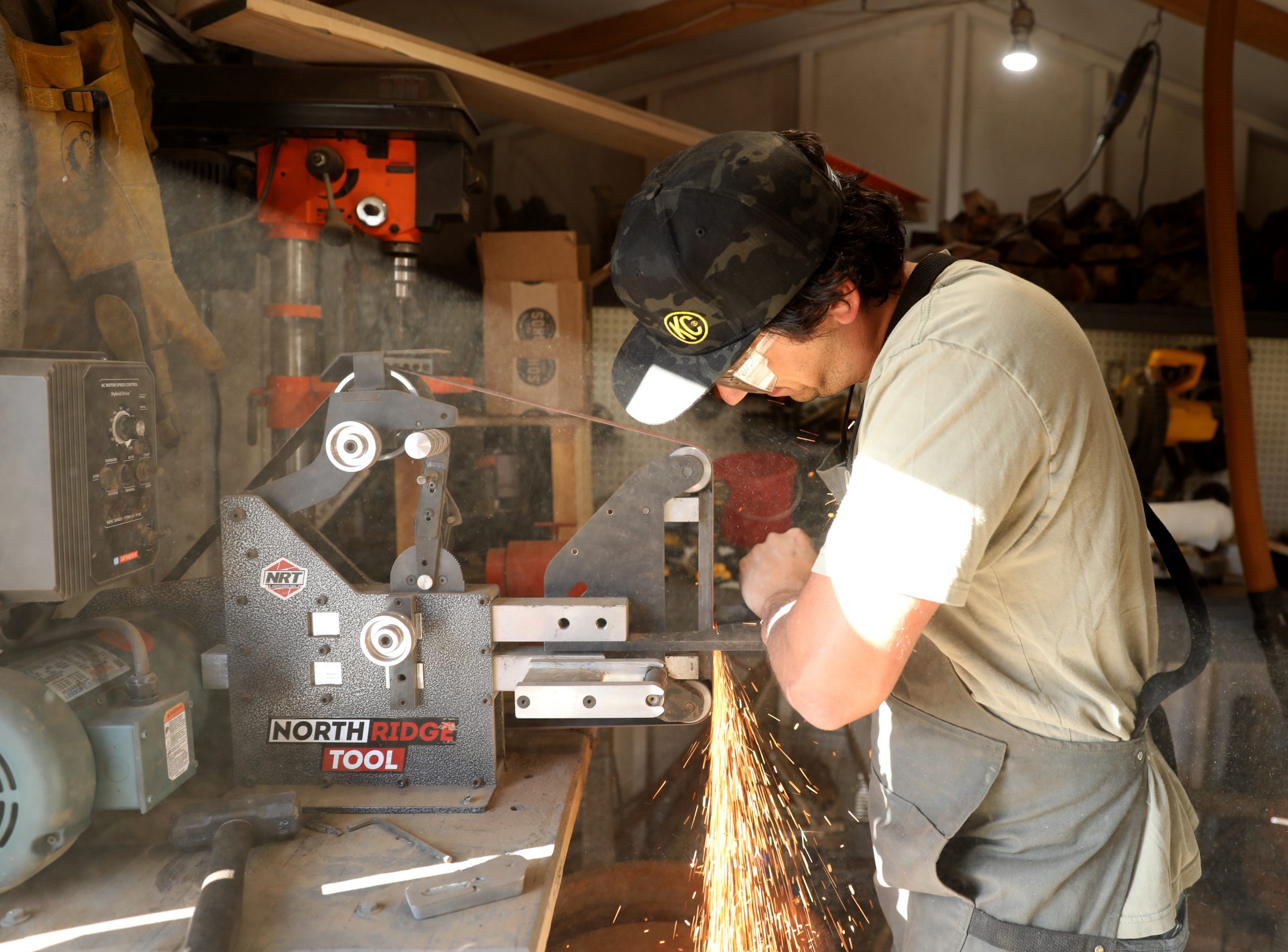By James Riley
Contributing Writer
Another January has arrived, so it’s time for the annual New Year’s resolution.
The three most popular New Year’s resolutions are to lose weight (by far the most popular), to improve fitness levels and to join a gym and exercise more.
Gym memberships grow and member commitment to exercise swells in January. As the year progresses into February and March, member commitment slowly diminishes and many members return to their former activity habits.
This appears to be an annual cycle. I suspect this cycle often proves true for non-fitness resolutions also.
This year you won’t need to create a fitness resolution, as I’m going to provide you with a New Year’s resolution that is simple to understand, requires no gym membership, is convenient and will meet all the goals and provide more long term health and fitness benefits than are hoped for in the three resolutions in the previous paragraph.
The resolution: “I resolve to move more throughout the day.”
I often remind my fitness classes and clients: It’s important you attend regularly for our one-hour sessions, but what’s far more important to fitness and health goals is how often and how well you move the rest of the day.
Too many people commit to a one hour workout three to four times weekly and then live sedentary lives the rest of the day. The body is designed for movement, and movement throughout the day always trumps the one hour workout. Let me provide you with some reasons why.
n Frequent movement helps maintain and improve muscle mass and related bone density. If you are contracting muscles, bones are also being stressed and strengthened. Although there is consistent evidence that aging may naturally accommodate some muscle and bone loss, being inactive will guarantee such loss will happen at an accelerated rate. Moving often throughout the day is the best antidote to slow or prevent such losses. Serious strength training programs have been demonstrated to not only prevent such loss but may result in increases in muscle mass and bone density.
n Moving often is essential for an efficient cardiovascular system. We all know the heart is essential to the circulation of blood throughout the body. Few people seem to understand that the contraction of muscles squeezes veins and arteries, moving life-giving blood through the one-way valves of the circulatory system, especially to more distant parts of the body. Sedentary people have less efficient circulatory systems. Frequent movement is essential for healthy circulation.
n The lymph system is the primary defense against diseases and infections. It parallels the circulatory system but has no heart pump for circulation. Lymph is moved through the body by muscle contraction, motion and gravity. Regular movement is necessary for the movement of lymph and an effective immune system.
n A mega study recently published in the Journal of Clinical Oncology found that people who met the activity guidelines suggested by the government had a lower incidence of seven types of cancer. The study confirmed the findings of a number of recent earlier studies.
n Frequent movers appear to have greater mobility as compared to those with a sedentary lifestyle. Mobility is essential to good posture and proper basic bio-mechanics.
n Falling is a major concern for seniors and a frequent cause of disability and even death. Movement challenges the ability to stabilize the body and maintain and improve balance skills. The best insurance against falling is to move often over varied terrain within one’s movement competence.
The bottom line in all training is, the body responds to the stresses put upon it. If we demand it move often, performing a variety of activities, then the body will retain and improve its naturally inherent potential.
Motion fuels health and mobility. Inactivity feeds atrophy. Move well and move often. Have a happy, healthy and active new year.
James Riley of Solvang is a certified strength and conditioning coach and a level-one Olympic Lifting Coach. He holds a B.A in physical education, M.A. in psychology and a doctorate in education.







